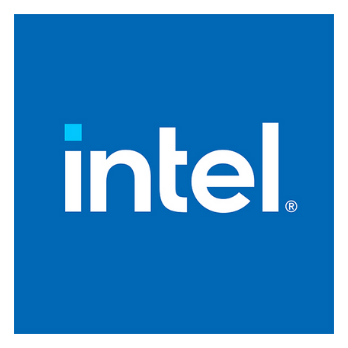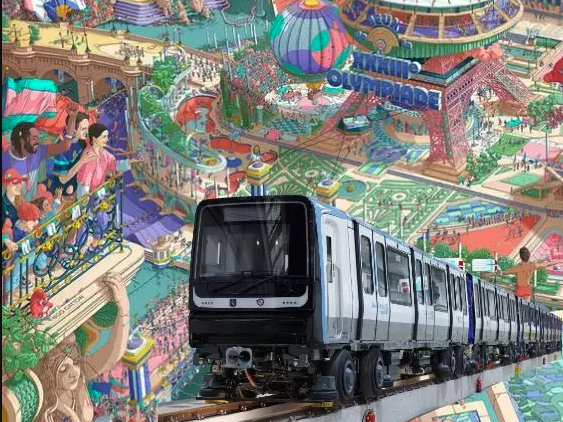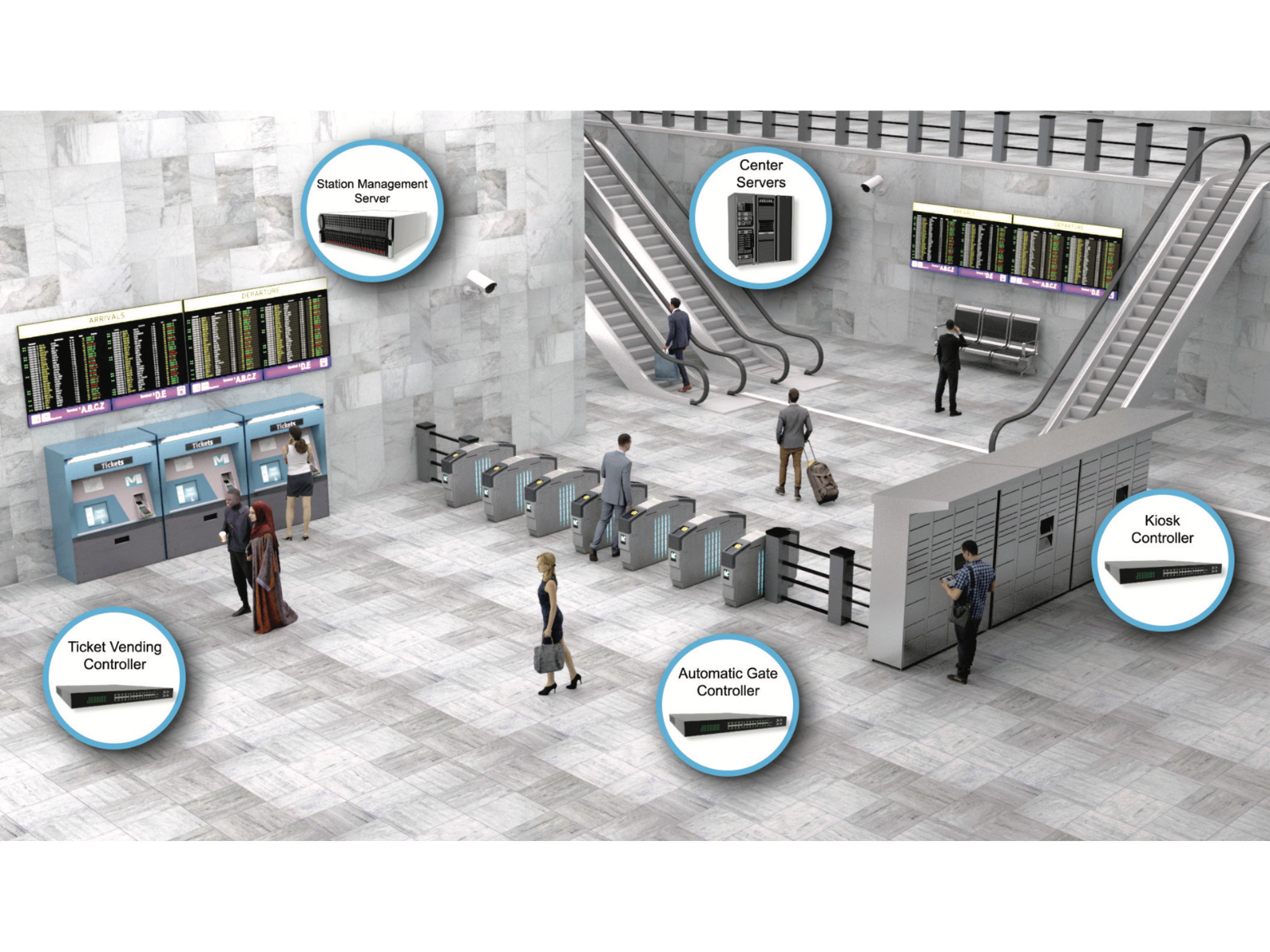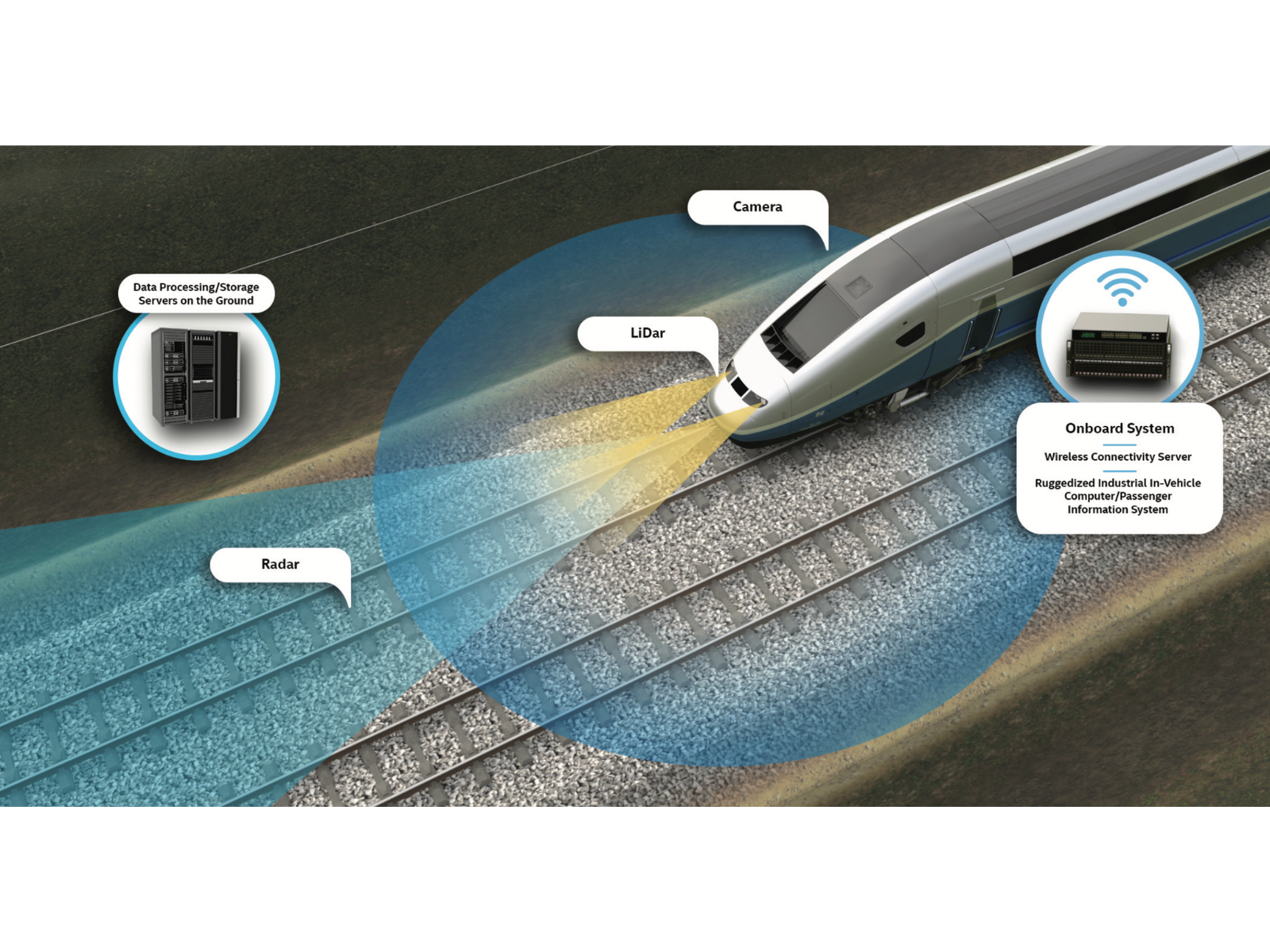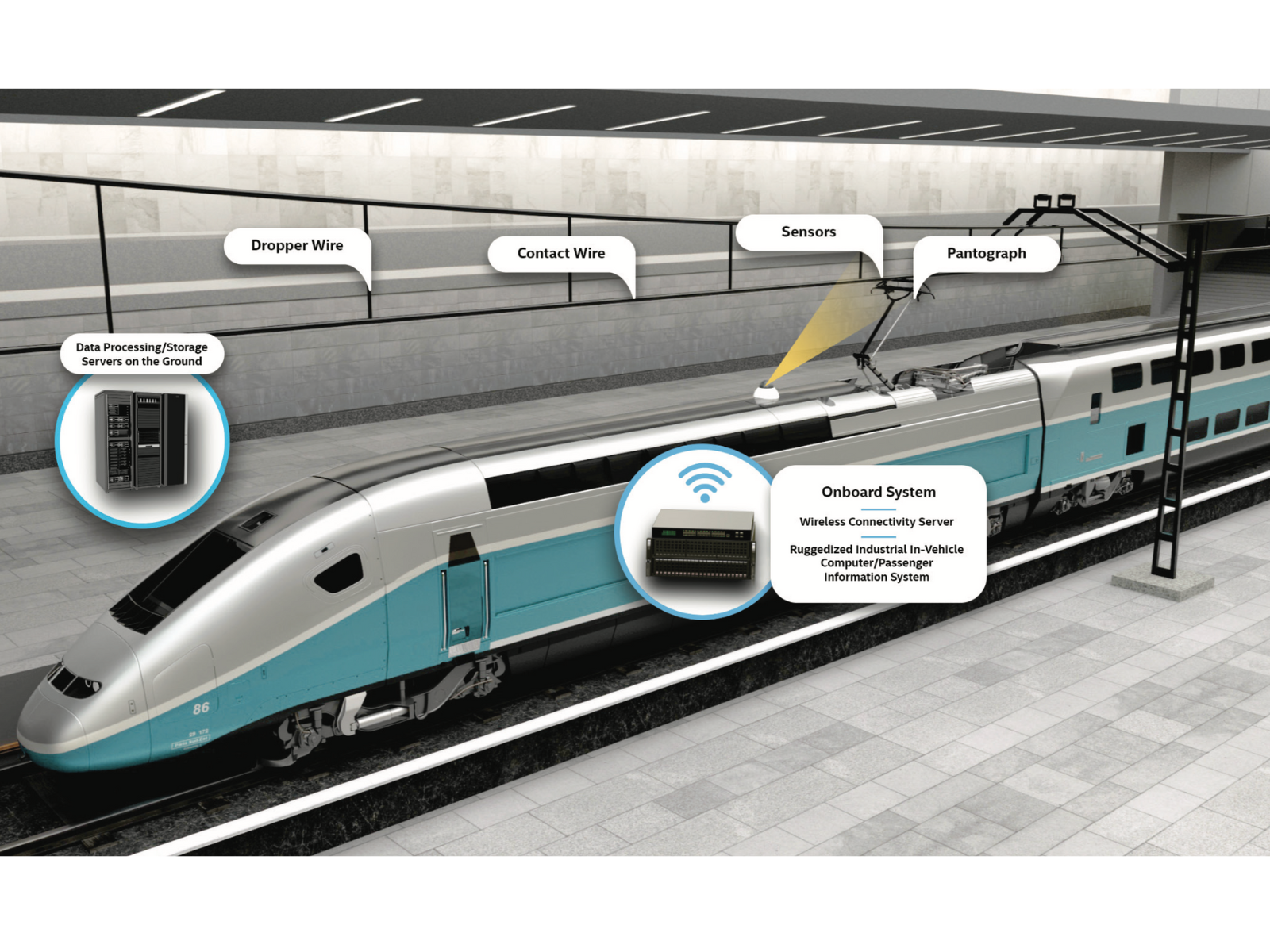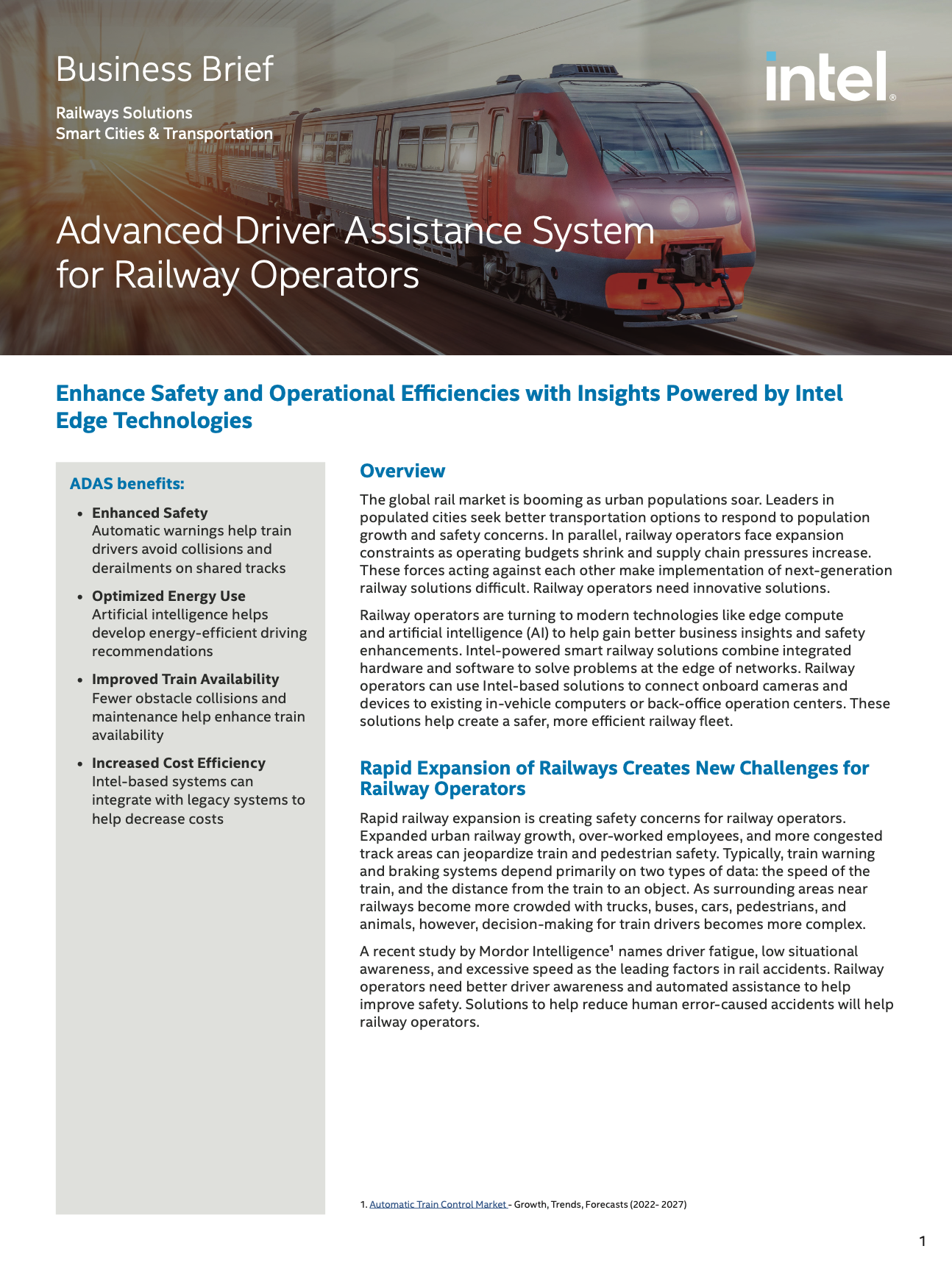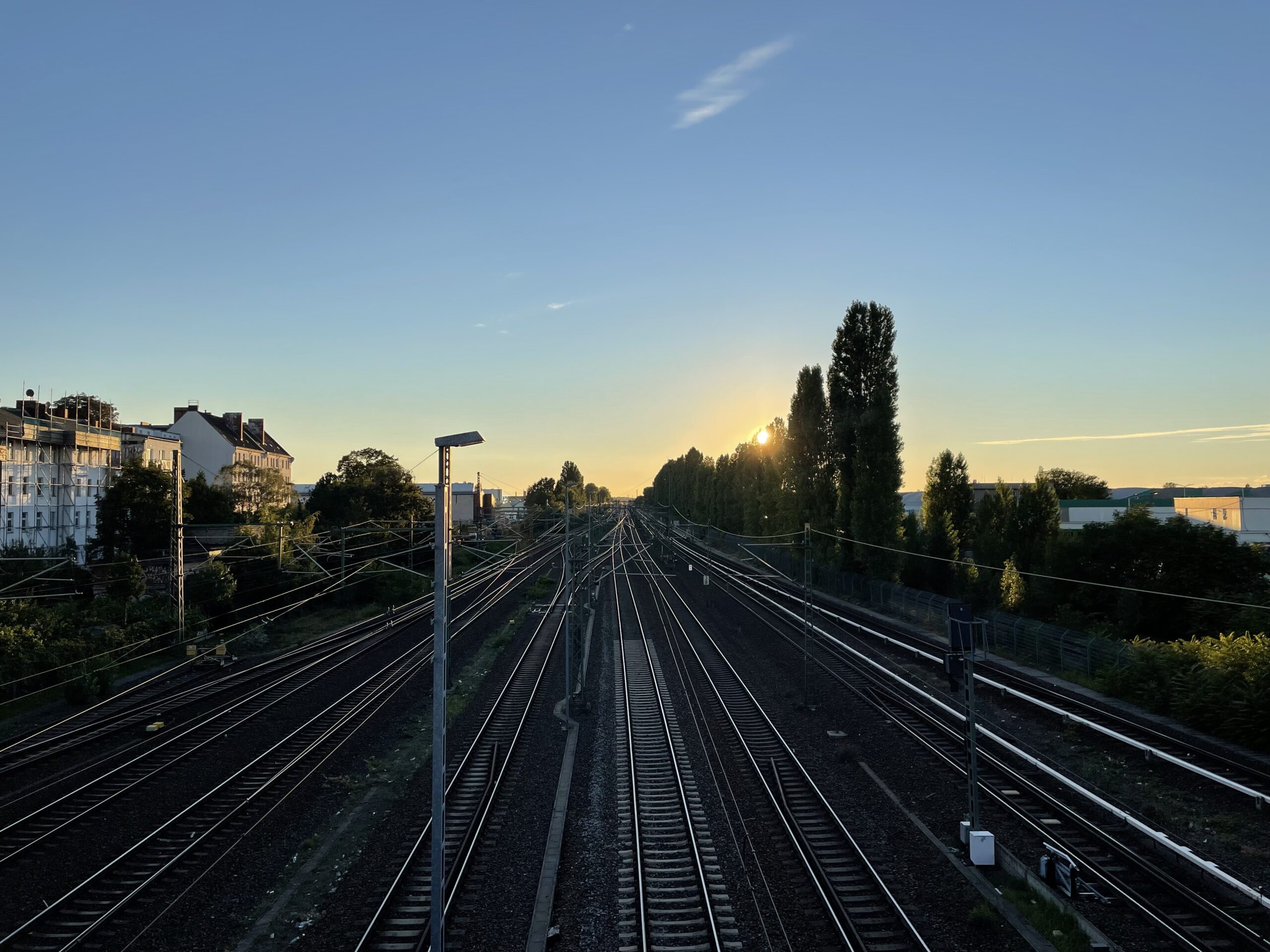Intel: Powering Intelligent Railway Solutions
Intel’s portfolio of technologies, years of expertise, expert resources, and our dynamic partner ecosystem are key to successfully developing railway solutions for the future. Our experts are here to provide guidance and support along your journey to a connected, IoT-enabled railway of the future.
Use Cases for IoT-Enabled Railways
Railway operators around the globe are implementing IoT-enabled solutions to create intelligent, connected railways today. From advanced analytics applications to digital signage and predictive maintenance, IoT technologies are being used in innovative ways in both existing and newly constructed railways. Here are some of the most common IoT use cases today:
Predictive Maintenance for Railways
Predictive maintenance is a cost-effective, important safety and efficiency tool for railway operators. Transitioning away from reactive maintenance to predictive maintenance helps allow operators to intervene before downtime occurs and create a foundation for continuous improvement. It automates real-time monitoring of equipment by using smart sensors and machine vision cameras and controls to gather data from tracks, locomotives, trains, and equipment. With edge computing, data is analyzed close to where it is collected in near-real time, and alerts can be triggered if issues are detected. Machine learning can be used at the edge or in the cloud to analyze collected data to better understand past equipment failures and help predict the likelihood of future downtime and maintenance requirements. The use of predictive maintenance ultimately aims at empowering operators to:
- Plan and schedule maintenance cycles
- Optimize servicing schedules
- Minimize breakdowns and failures
Safety Sensors
Keeping passengers and railway staff safe is the top priority for operators. Implementing safety sensors across all parts of a railway is one way operators can provide a safer rail experience for everyone during their transportation journey.
Safety sensors can be added to critical components of the train, such as breaks and wheels, to help alert operators of any issues. Computer vision solutions can help enable automated and safe platform and train screen door systems or help detect when passengers slip and fall.
Railway Asset Tracking
Railways deal with an almost unmanageable number of assets on a daily basis, including tracks, equipment, stations, and passenger assets, such as luggage. Knowing where all assets are at all times is imperative to helping keep everyone safe and operations efficient. Using computer vision to track assets in near-real time can help reduce dwell time of stationary locomotives and increase operational efficiency.
Passenger Flow
One of the biggest challenges operators face is getting passengers from one place to another. Congestion, overcrowding, and the potential for crime result in inefficient operations, lost revenue, and, ultimately, passenger dissatisfaction. Using cameras in the station and onboard the train and deep learning and AI through computer vision, operators can measure and analyze passenger flow to help improve operations decision-making and station planning.
Enhancing the Passenger Experience
With so many travel options available to consumers, railways must also focus on delivering an enhanced, frictionless, and convenient experience that keeps passengers coming back for future travel. Digital signage, connected kiosks, 5G, and other IoT-enabled technologies can be leveraged to keep passengers well informed and entertained before and during transit.
Digital Signage and Connected Kiosks
Digital signage and connected kiosks are intelligent, convenient, and responsive and transform the passenger travel experience. They can display near-real-time information with train and departure track updates; deliver personalized offers and digital advertising; offer boarding pass scanners for quick access to any departure times, track finders, or walking speeds; or optimize people flow and wayfinding. When equipped with smart sensors, cameras, and accelerators, kiosks gain even more capabilities, including responding to touchless gestures or automatically triggering safety or emergency alerts based on what’s happening in the railway station, such as a fire. Oftentimes, kiosks and digital signage can pay for themselves when operators allow advertisers and retailers to monetize visual communications, engage passengers, and boost revenue.
To keep its riders abreast of arrival times and any schedule changes, the San Diego Metropolitan Transit System (MTS) teamed up with Cisco and Davra Networks to implement an Intel® architecture-based solution that uses edge intelligence to process location data from on-train devices. Scheduling information on digital signage in stations and on trains is then dynamically updated in near-real time based on changing variables.
Connectivity
With 5G technology now a reality across the globe, operators can offer a better Wi-Fi experience for everyone. Railway stations outfitted with 5G infrastructure can offer 5G Wi-Fi to passengers through public kiosks located throughout the station. For passengers, that means faster download speeds, lower latency, and data sharing are available. When operators want to offer more robust Wi-Fi onboard, wireless connectivity servers can help provide passengers with the same level of speed and reliability they get at home.
To provide passengers with uninterrupted onboard Wi-Fi infotainment, the Glacier Express and Bernina Express in Switzerland, run by the Rhaetian Railway (RhB), turned to the Advantech Passengera platform. The platform is hosted on railway-compliant Advantech onboard servers powered by Intel® technologies and includes an advanced antenna system.
Smart Ticketing Automated Fare Collection
By implementing sensor beacons, edge computing, AI, and cloud-based technologies, operators can eliminate queue lines at ticket machines. Using sensors on station platforms or trains, the system is designed to detect a specific smartphone app as passengers enter the station or train and automatically charge the correct fair. This not only streamlines the process for both passengers and operators but can also simplify back-end billing and revenue management and collect usage behavior for long-term planning.
Enabling Next-Generation Railways
Intel’s continued commitment to innovation is creating exciting new solutions and opportunities for governments and operators to transform their railways to enhance the passenger experience, help improve safety, enable predictive maintenance, and, ultimately, create a successful future. With a robust portfolio of technologies, years of expertise, and a dynamic partner ecosystem, Intel is ready to power the railway industry forward.
Our software tools including the Intel® Distribution of OpenVINO™ toolkit, Intel® Media SDK, and Intel® oneAPI help accelerate time to market for railway applications and allow developers to maximize performance across a common framework.
Our comprehensive video product portfolio includes the critical hardware technologies, such as Intel® processors, Intel® Optane™ technology, and Intel® Vision Accelerators, needed for intelligent, connected railways. Plus, all our hardware offerings also include valuable embedded technology such as functional safety standards, Time-Sensitive Networking, and Intel vPro® platform technology.
Complementing our technologies, products, and architectures is our broad set of ecosystem partners. We work with partners around the globe to help accelerate development and create solutions with maximum performance and value.
Intel technologies may require enabled hardware, software or service activation. // No product or component can be absolutely secure. // Your costs and results may vary. // Performance varies by use, configuration and other factors. // See our complete legal Notices and Disclaimers. // Intel is committed to respecting human rights and avoiding complicity in human rights abuses. See Intel’s Global Human Rights Principles. Intel’s products and software are intended only to be used in applications that do not cause or contribute to a violation of an internationally recognized human right.

